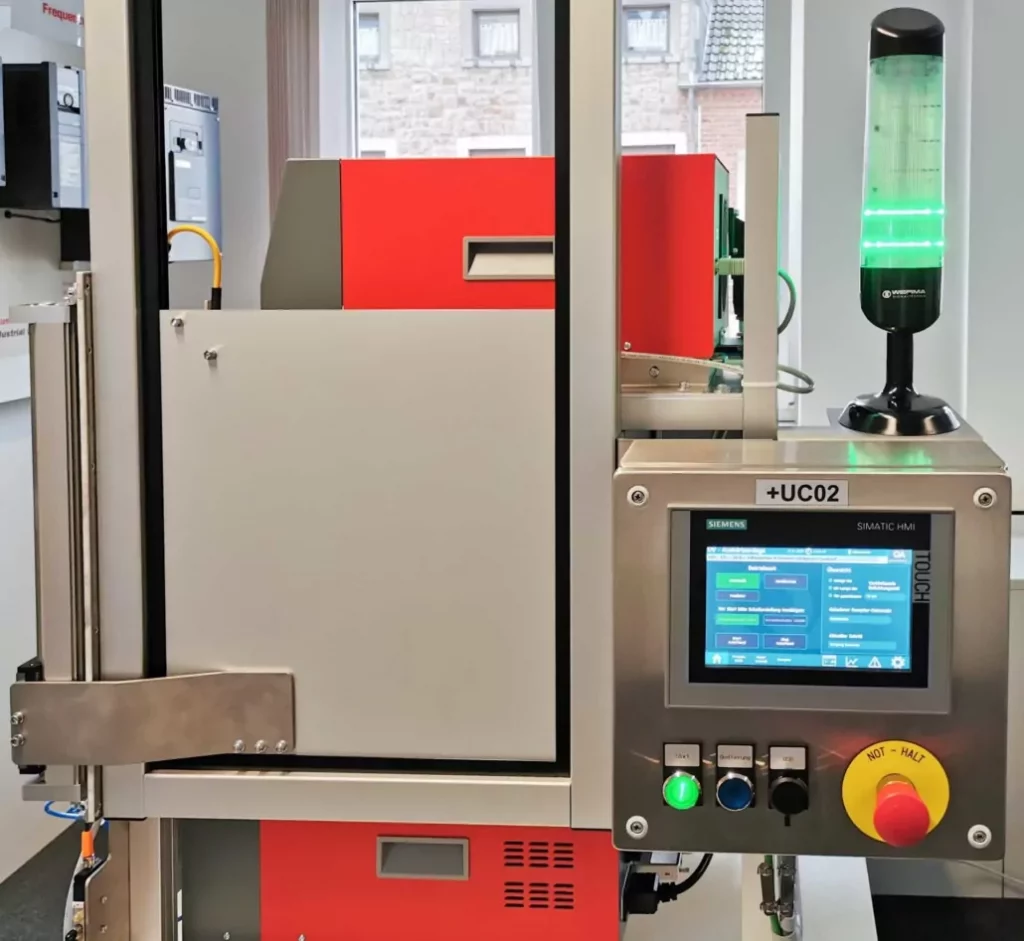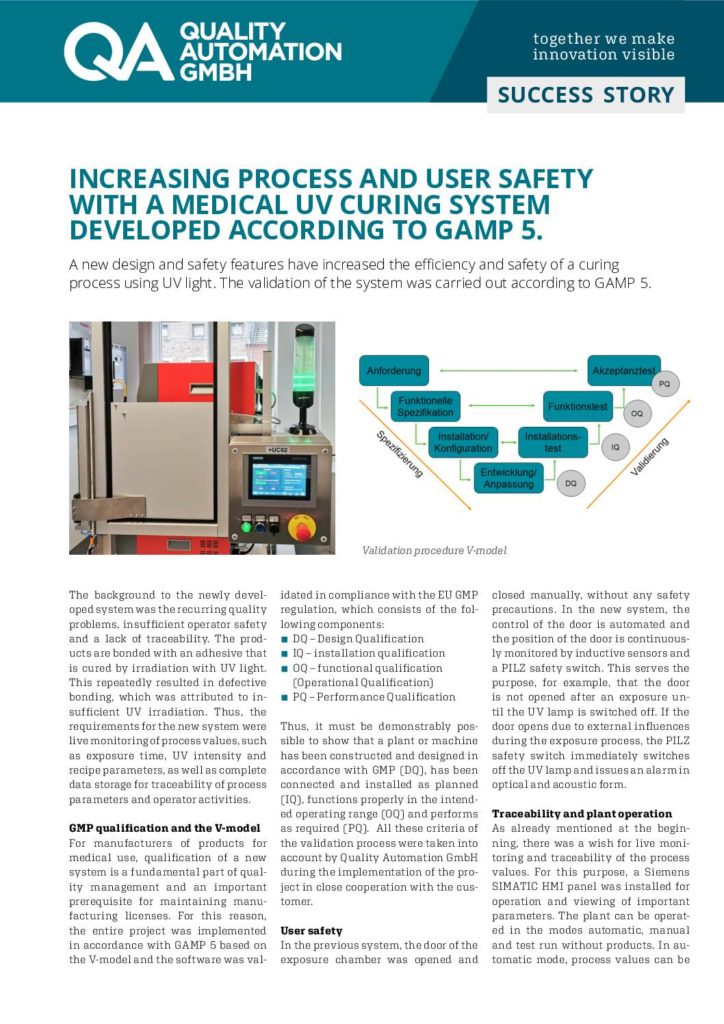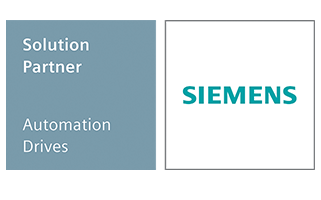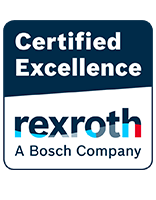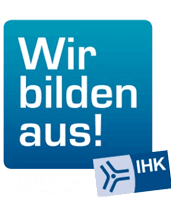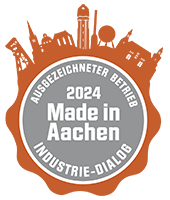The background to the newly developed system was the recurring quality problems, insufficient operator safety and a lack of traceability. The products are bonded with an adhesive that is cured by irradiation with UV light. This repeatedly resulted in defective bonding, which was attributed to insufficient UV irradiation. Thus, the requirements for the new system were live monitoring of process values, such as exposure time, UV intensity and recipe parameters, as well as complete data storage for traceability of process parameters and operator activities.
GMP qualification and the V‑model
For manufacturers of products for medical use, qualification of a new system is a fundamental part of quality management and an important prerequisite for maintaining manufacturing licenses. For this reason, the entire project was implemented in accordance with GAMP 5 based on the V‑model and the software was validated in compliance with the EU GMP regulation, which consists of the following components:
- DQ – Design Qualification
- IQ – installation qualification
- OQ – functional qualification -(Operational Qualification)
- PQ – Performance Qualification
Thus, it must be demonstrably possible to show that a plant or machine has been constructed and designed in accordance with GMP (DQ), has been connected and installed as planned (IQ), functions properly in the intended operating range (OQ) and performs as required (PQ). All these criteria of the validation process were taken into account by Quality Automation GmbH during the implementation of the project in close cooperation with the customer.
User safety
In the previous system, the door of the exposure chamber was opened and closed manually, without any safety precautions. In the new system, the control of the door is automated and the position of the door is continuously monitored by inductive sensors and a PILZ safety switch. This serves the purpose, for example, that the door is not opened after an exposure until the UV lamp is switched off. If the door opens due to external influences during the exposure process, the PILZ safety switch immediately switches off the UV lamp and issues an alarm in optical and acoustic form.
Traceability and plant operation
As already mentioned at the beginning, there was a wish for live monitoring and traceability of the process values. For this purpose, a Siemens SIMATIC HMI panel was installed for operation and viewing of important parameters. The plant can be operated in the modes automatic, manual and test run without products. In automatic mode, process values can be observed as values or in diagrams and can be analyzed and compared afterwards in the archive. There is a user administration with defined rights for individual users and user groups. Recipes with a desired number of recipe parameters can be defined for the respective products to be exposed and selected during operation. The system’s control system continuously checks compliance with all limit values and issues warning messages if these are exceeded or not reached, or aborts the exposure process depending on the definition. Furthermore, all process and recipe values are forwarded to higher-level IT systems via OPC UA, where they can be further processed in databases or other tools.
The Audit Trail functionality of the SIMATIC HMI is used to ensure that all changes in the process as well as the change and deletion actions of each user can be continuously monitored for quality assurance purposes. The audit trail data is stored on an SD card in the HMI, which can be easily read out if required.
The implemented functionalities regarding traceability can be transferred to a large number of production machines. Especially for medical or safety-relevant products, many end customers require a record of all process parameters and measured values of the individual product to prove compliance with the required quality. We can reliably implement these requirements with the technologies shown here and others.
Our experience in the field of GMP qualification makes us a competent partner and supplier in this area.
